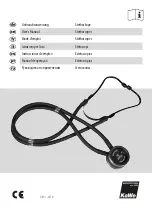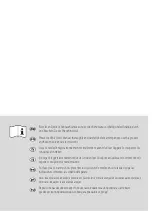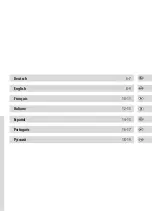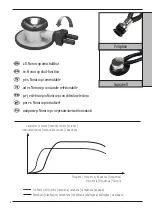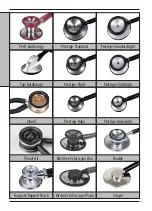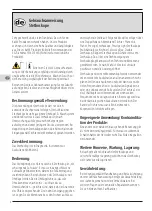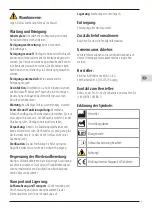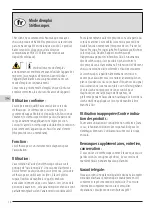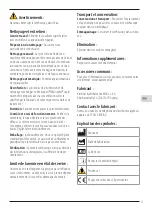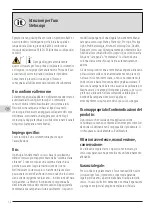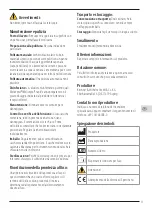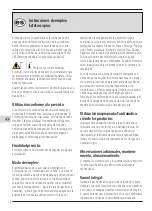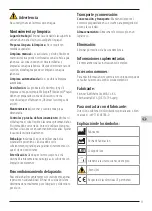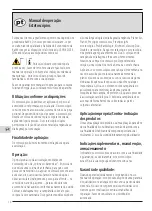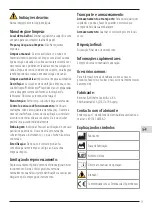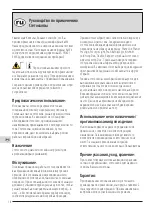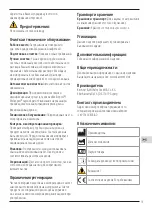
8
User
‘
s Manual
Stethoscopes
Dear Customer, thank you for choosing a KaWe product.
Our products are known for their high quality and
longevity. This KaWe product fulfils EC Standards 93/42/
EEC (standards for medical products).
Please read this User‘s Manual
thoroughly and carefully before attempting to use this
product and heed the given care instructions. Familiarize
yourself thoroughly with the operation of this unit before
using it.
Retain this User’s Manual for future use and pass it on to
the next user of this device.
Intended Use:
The stethoscopes are only to be used by authorised
personnel. The stethoscope consists of binaural pieces,
tubes and a chest piece. The stethoscope chest piece is to
be placed lightly on the desired area of the patient’s body
according to the type of examination being performed.
Double-sided stethoscopes allow users the option of
selecting between two different input channels (bell or
diaphragm).
Purpose:
The stethoscope is a diagnostic instrument used for
auscultation.
Operation:
The basic principle behind the use of a stethoscope is the
“oscillating air column”. A closed air column is required for
sound to be transmitted. When putting on the binaural
stethoscope, adjust the binaural pieces in such a way that
the ear tips are pointing slightly forward – toward the
patient’s face – so that the instrument conforms to the
shape of the ear. Place the diaphragm and/or the bell on
the area of the body that is to be examined. The following
models are equipped with a dual-function diaphragm/
bell: Planet Air, Planet, Prestige Stethoskope, Prestige
Light Stethoskope, Profi Kardiologie, Kirchner Colorscop
Duo, Double Stethoskop, Rapport Stethoskop and
Schwestern-Lehr-Stethoskop Duo. To select between the
bell and diaphragm functions, the user need only to twist
the head of the stethoscope. In each case, depending on
the selected function, one air column is closed and the
other is opened.
Stethoscopes with diaphragm heads are used either for
auscultation on any uneven surface areas of the body and/
or when the auscultation signals in the low frequency
range are irrelevant. The bell side of the head is used to
diagnose over a wide frequency range. This is mainly
required in cardiac auscultation. The edge of the bell must
be applied evenly and without any air gaps on all parts of
the body it touches.
Unsuitable use/contraindication of the
product:
Any use other than that described here is not in
accordance with the intended use of the instrument. The
manufacturer is not liable for any resulting damages. The
user alone bears the risk.
Further information, maintenance,
storage:
When used and stored properly, this stethoscope will
serve you many years.
Guarantee:
When used properly and in accordance with the User‘s
Manual we guarantee this product for two years from the
date of purchase. Should you need further information or
should your instrument require repair, please contact your
dealer.
Warning instructions:
Never let the stethoscope come into contact with water.

